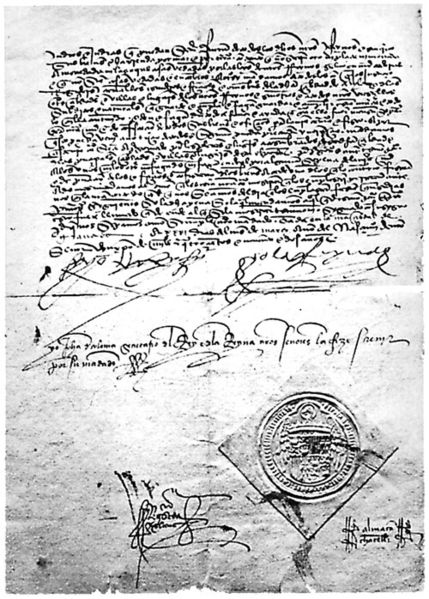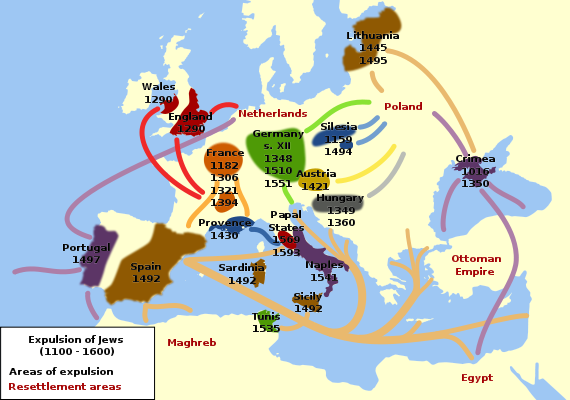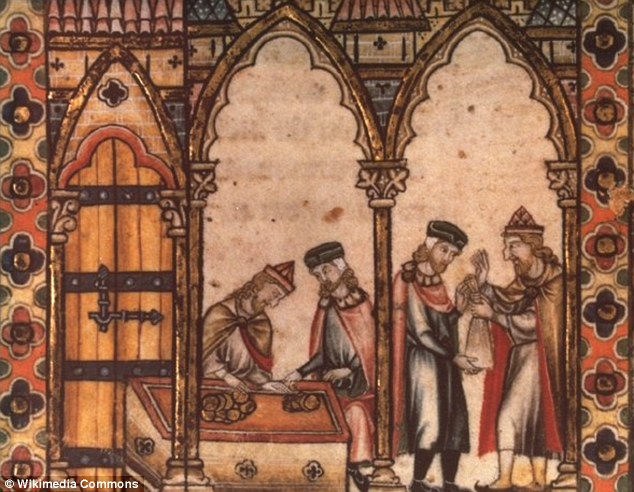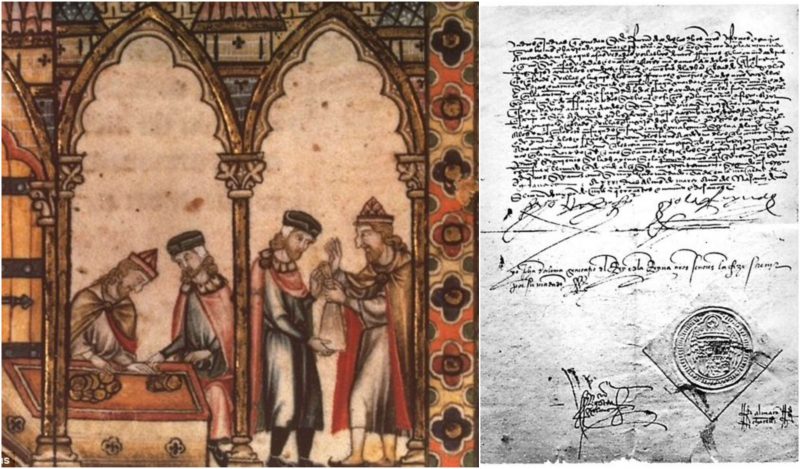New research done regarding Jewish communities has shown experts just how poor those communities were. Jewish communities have suffered persecution for decades, with Jews being expelled from whole regions in Medieval Europe. However, the cities that tolerated the Jewish communities and people, allowing them to flourish, may now be reaping the benefits of that policy today.
The new research argues that the Jewish communities were a major part of the establishment of some of those early banks during the Renaissance. Those effects are still noticeable in modern economies. An economist at the University of Warwick and Pompeu Fabra University in Barcelona, Professor Luigi Pascali, said that there is evidence of the presence of the Jewish moneylenders and pawnbrokers in the 1500’s that resulted in more credit being available in municipalities. This flow of cash had ensured that productivity and income would increase for the people and their communities.

Pascali also argued that the cities where the local Jewish communities were in 1500 saw the early development of the banking sector. Each city has more banks today and because of these Jewish communities, banks and banking are more developed, and local banking development has actually had a large impact on economic development.
He added that the Jewish communities used the idea of firm-level data. In his research, he shows that there was a higher density of local banks in order to increase aggregate productivity in the manufacturing sector. Resources were then allocated towards the most productive banking firms. This was the main channel that local banks had to effect the economic development.
Pascali also did research on the Jewish communities in Italian cities during the Renaissance. In 1503, there was a large part of southern Italy, including the Kingdom of Naples, which fell under the control of the Spanish crown. It was decreed that all Jews convert to Christianity or be driven out of the territories where Spain ruled. However, the north of Italy remained under French control, otherwise known as independent city-states, and there the Jews were able to stay. They began establishing money-lending services after the Catholic Church banned the practice of lending to earn a profit among the Christians during several Ecclesiastical Councils.

Pascali has said that some of those Jews in Central Italy had engaged in trading during the Middle Ages. They had accumulated large fortunes and had both the capital and expertise to become money-lenders. For over a century, the Jews had enjoyed a monopoly in lending to the poor and middle class. By the beginning of the 15th century, Jewish lending practices had expanded and was complex. This was considered a general economic trend in all of Italy.
The Jewish pawnbrokers had begun establishing parts in other northern cities which led to creating of charitable loan banks. These banks were known as Monti di Pieta. These were made in an attempt to drive them out of the market. What this meant was that the poor could access credit if they needed it. In fact, these places still exist today.
Many experts and researchers tend to argue that the expulsion of the Jews from southern Italy had a negative impact on the prosperity of the area at the time. In fact, that can still be seen today in particular areas in Italy. Pascali compares the presence of Jewish communities during the Renaissance and the current economic power of those cities today. He believes there is a strong correlation.

According to his research, if the Jews had not been expelled from Spanish territories, then the GDP in southern Italy would have been almost seven percent higher. He explained that the expulsion of the Jews may account for at least 10 percent of the income gap which is currently seen between northern and southern Italy.
He also expressed that although Jewish pawnshops have disappeared over the years, the Monti di Pieta have actually survived to this day and are significant sources of credit and contribute to contemporary Italian banks. Pascali said that his results actually confirm that the level of the local banking done during the Renaissance had a strong effect on the current availability of credit.
